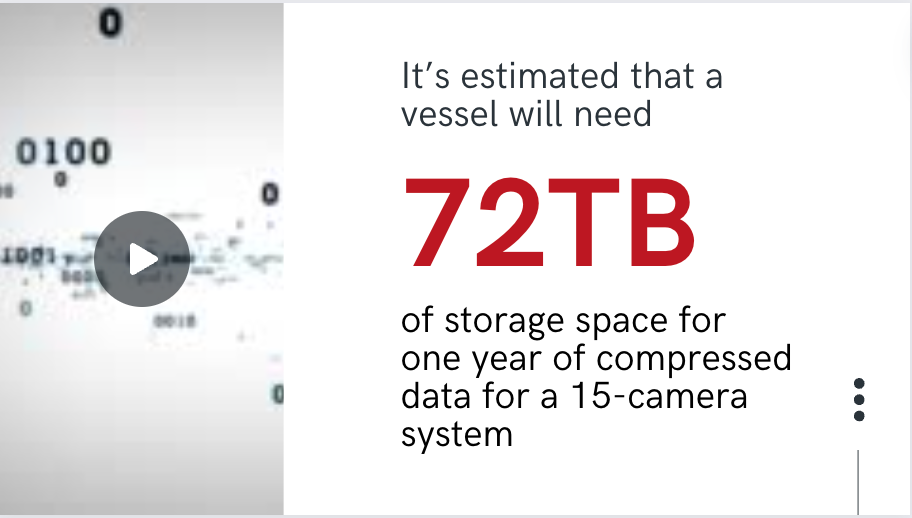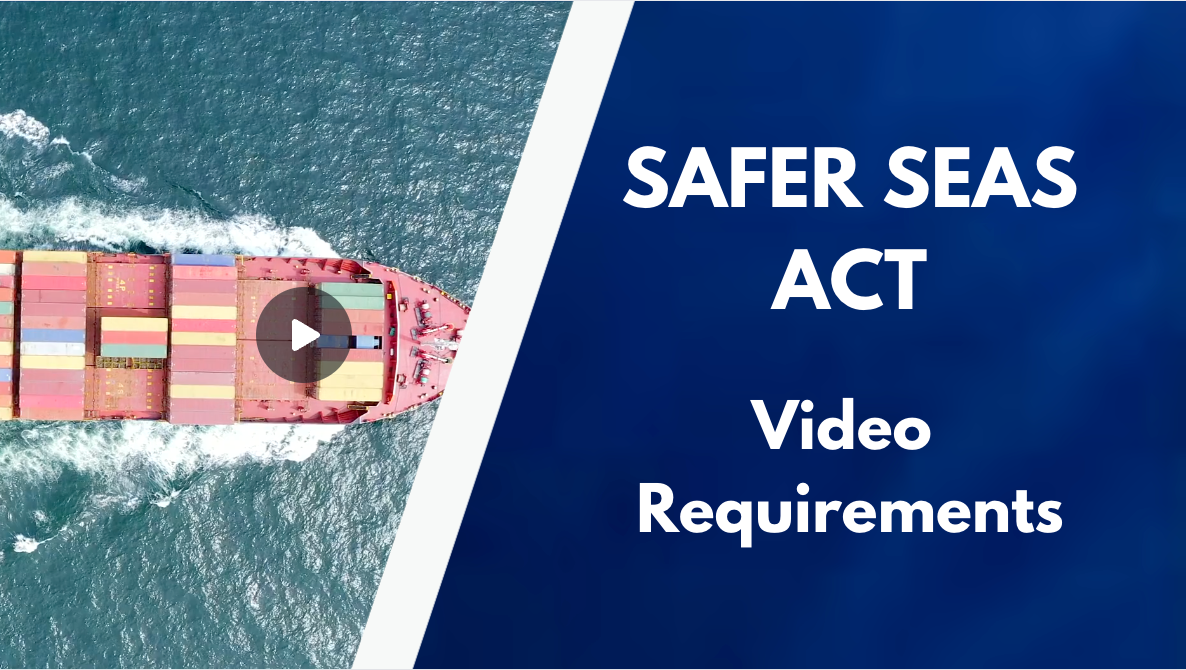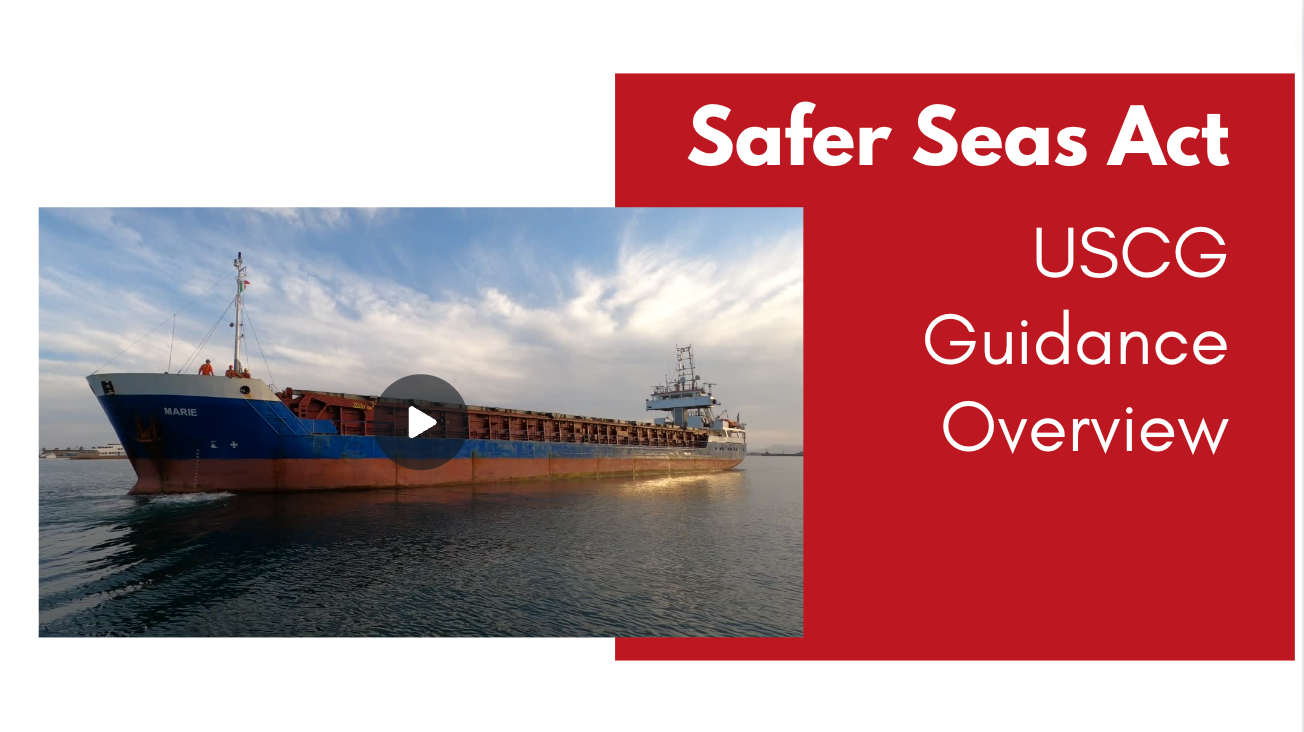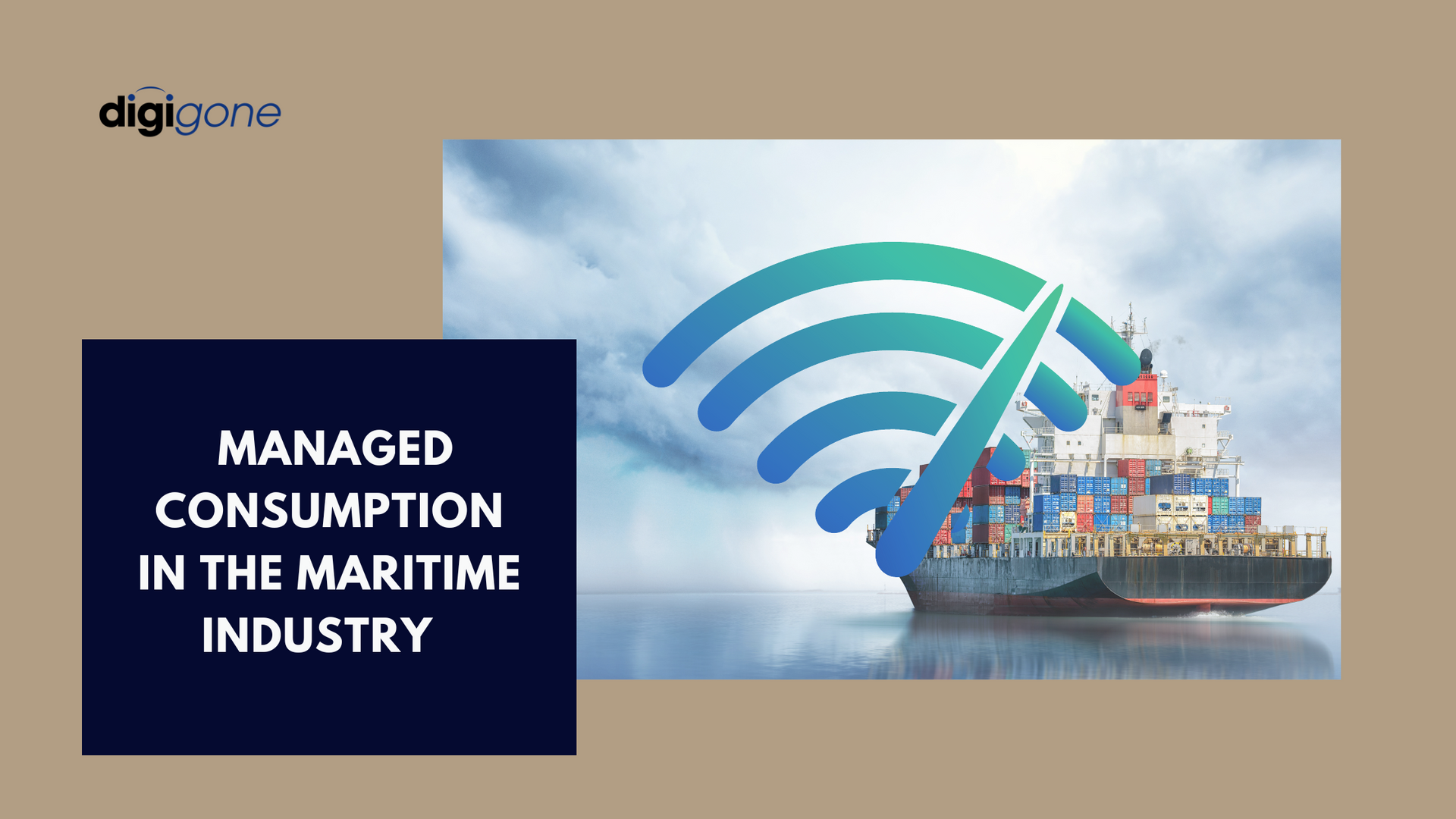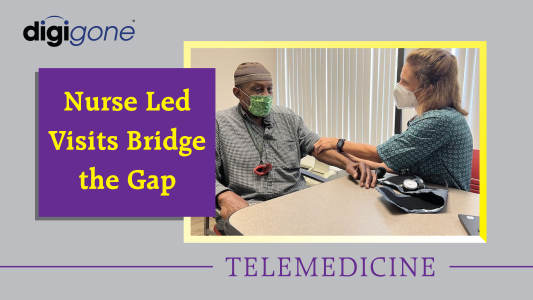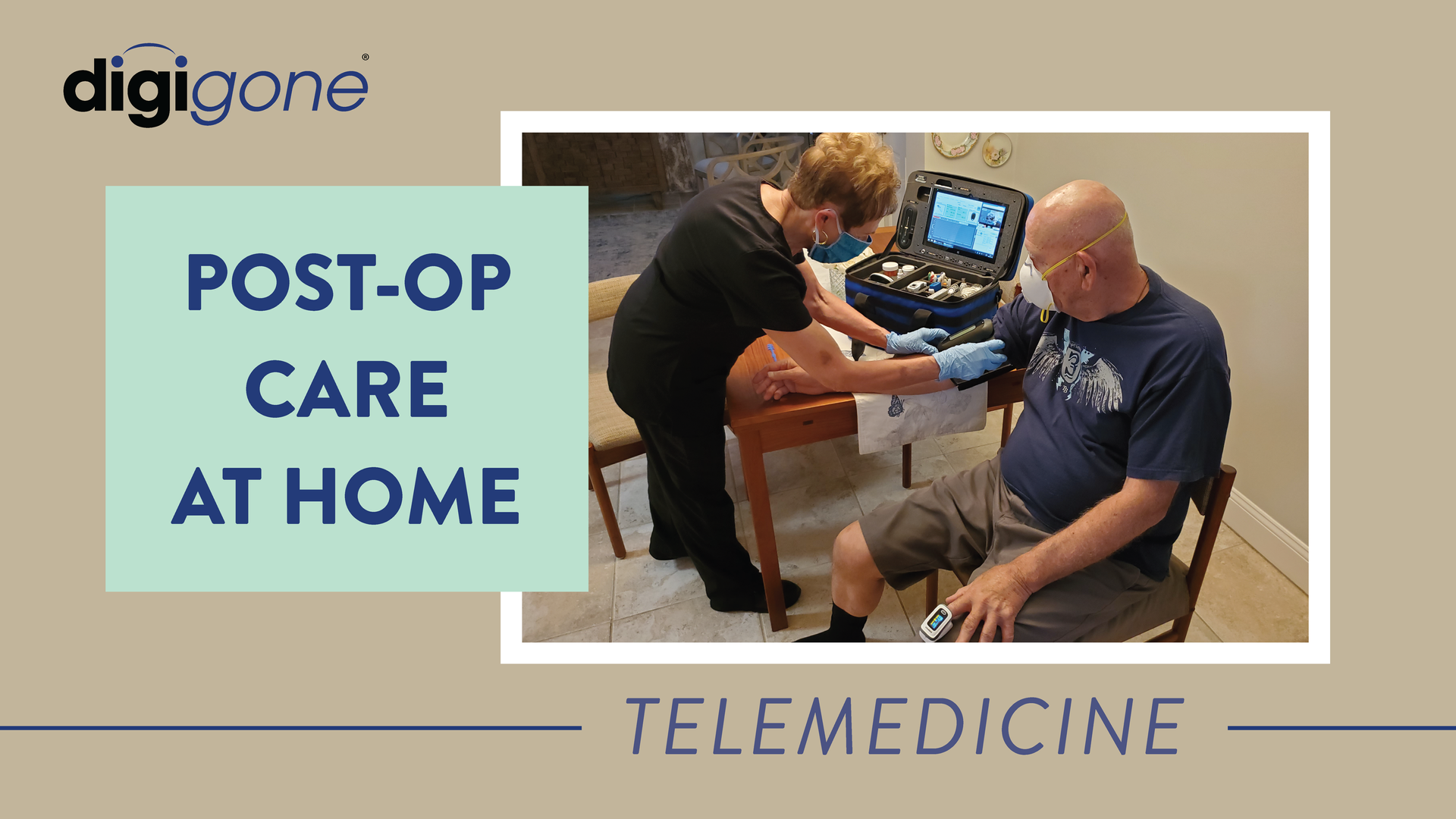Telemedicine: Is It the Answer to On-Demand Medical Services While at Sea?
Digigone • December 3, 2019
Yachters have long been searching for a viable method that enables them to receive on-demand medical services while at sea.
Today, most yachts include “The Ship Captains Medical Guide" by Dr. Spike Briggs. But even the author himself is a supporter of telemedicine due to the recent technological advancements in satellite and mHealth technology. He sees it as a logical tool for providing both emergency and non-emergency medical services.
“The Ship Captain’s Medical Guide was first published in 1868. It was a ground-breaking text at the time and has continued to evolve. The latest edition will pay more attention to telemedicine. Combining basic training, a satellite connection to doctors that know the set-up on board, and a comprehensive medical kit has proven to be a life-saver for those sailing far from help,” said Dr. Briggs.
Demand for everyday medical services is high for both yachters and commercial vessels. But the majority of seafarers find it difficult to access the medical services they need. A 2017 survey by Nautilus International and Martek Marine revealed that 82% of seafarers claim that they don’t have access to the same quality of healthcare, citing “the lack of access to a GP” as the primary factor.
Despite individuals having more choice when it comes to routine checkups for minor ailments, discomfort, and other basic needs—the idea of visiting a foreign clinic is still a major concern for most. And sometimes it’s not even an option in countries with underdeveloped healthcare systems.
Telemedicine is bridging the healthcare gap by making basic healthcare services more accessible to seafarers. The stigma that mHealth is only applicable in emergencies is fading as telemedicine kits
become more advanced and better able to assess and diagnose patients.
Providing your crew with a reliable method to obtain a routine checkup is important for identifying potential health issues before they worsen. The majority of telemedicine kits offered on the market include standardized medical equipment like electrocardiographs, otoscopes, dermoscopes, stethoscopes, ultrasound, thermometers, and other diagnostic equipment.
Even the communication gap is made easier with telemedicine. Patients are capable of connecting with doctors using high-quality audio and video technology from anywhere on their vessel. Doctors can snap still images, clarify dosages and measurements, and other vital information.
Many recreational vessels are starting to use them to perform routine checkups while at sea. Telemedicine kits should be seen as a sensible investment in your safety because they allow you to connect with a doctor for your everyday medical needs and emergencies whenever you need it.

Telemedicine kits are becoming indispensable tools for home healthcare providers, particularly during transition care medical examinations (TCMs). While the initial TCM is conducted by a physician who generates revenue from the service, the telemedicine kit significantly benefits home healthcare providers by expediting patient registration for their care services. With a nurse or medical assistant deploying the kit, patients can be quickly evaluated and connected with a physician, ensuring all necessary documentation and approvals are completed more efficiently. This faster onboarding process allows home healthcare providers to register more patients in less time, helping them deliver care sooner and grow their services efficiently. The ability to “bring the doctor” to the patient through a telemedicine kit is invaluable in initiating care seamlessly. Once patients are on board, home healthcare providers can continue leveraging telemedicine technology to improve how they deliver services. The kits enable nurses and medical assistants to perform follow-up visits, diagnostics, and real-time consultations without requiring patients to leave their homes. This capability allows providers to optimize their schedules and visit more patients daily, all while maintaining a high standard of care. The efficiency gained means better coverage, smarter use of resources, and happier patients. Beyond efficiency, telemedicine kits help providers build stronger connections with their patients by making care more accessible and personalized. Providers can quickly respond to emerging health concerns, adjust care plans, and ensure ongoing monitoring—all from the patient’s home. This not only leads to better patient outcomes but also boosts the provider’s reputation for being reliable and innovative. By facilitating the registration of more patients and enhancing care once they are onboarded, telemedicine kits are powerful tools that enable home healthcare providers to expand their reach, improve operational efficiency, and thrive in an increasingly competitive market. In a rapidly evolving healthcare landscape, telemedicine kits are revolutionizing how home healthcare providers deliver care, enabling faster patient onboarding, enhanced service delivery, and stronger connections with patients. By integrating this indispensable technology, providers can streamline operations, improve patient outcomes, and position themselves as leaders in care innovation. Don’t miss the opportunity to elevate your home healthcare services. Explore how telemedicine kits can help you expand your reach, optimize your resources, and deliver exceptional care. Contact us today to learn more and take the next step toward transforming your care delivery model.
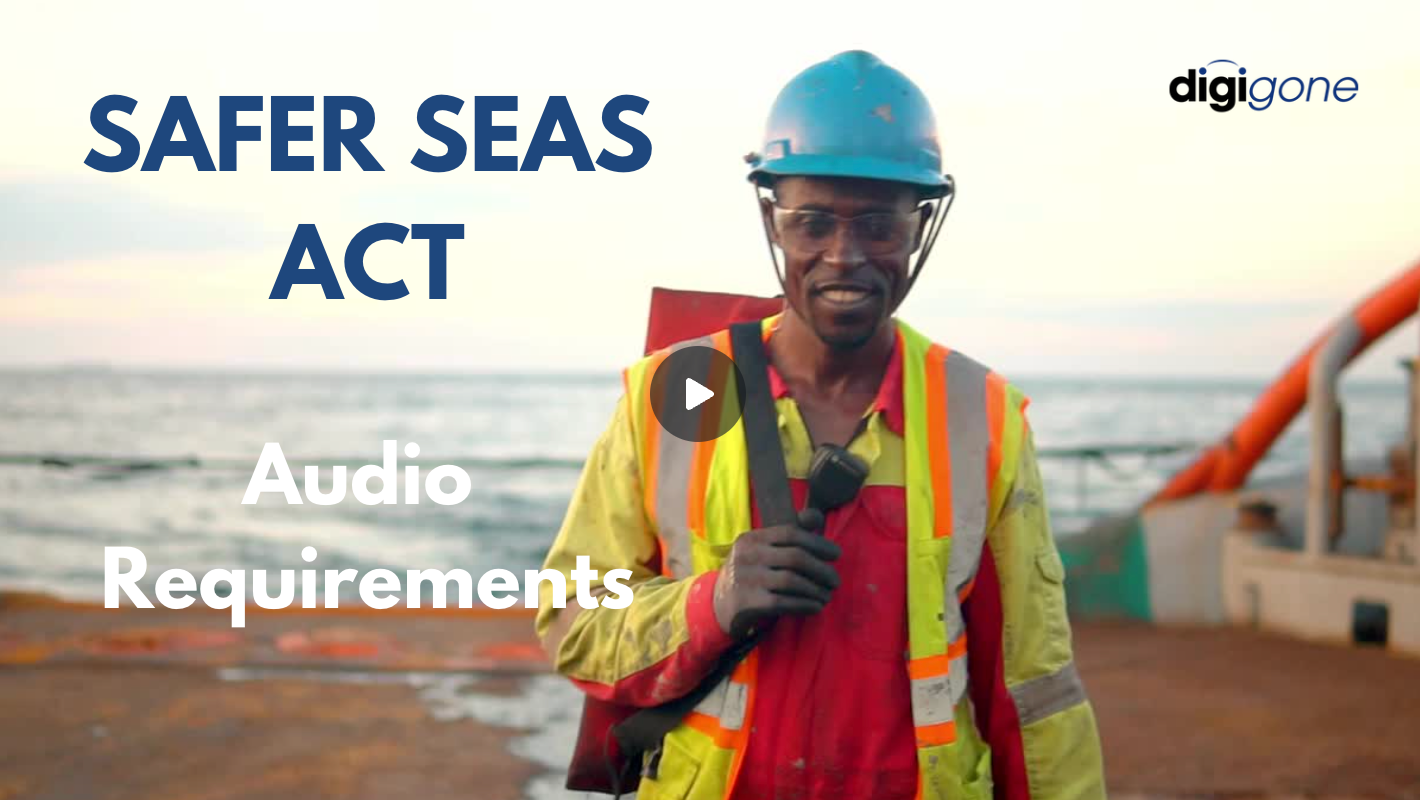
With the new Safer Seas Act, vessel companies must comply with many new regulations by the end of the year. One of those requirements includes audio equipment placed outside of hallways leading to staterooms, which DigiGone can help with. And while this may seem burdensome, these new rules will be good for vessel companies in the long run.




